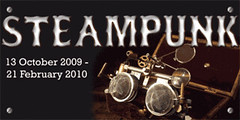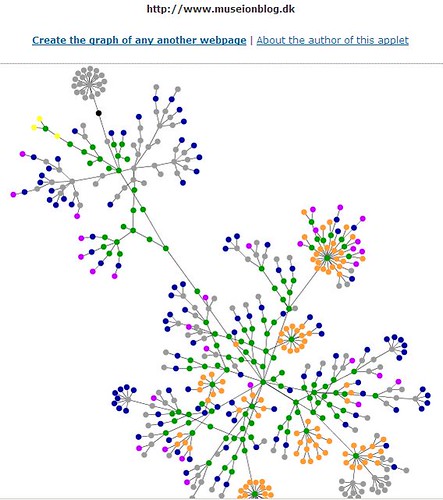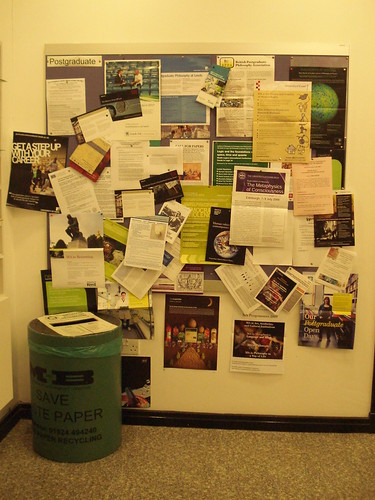 The other day, I lamented the fact that any new idea I developed about museums apparently was preempted by Nina Simon (or so it felt when I read she had already suggested the notion of the ‘slow museum’). I felt like Professor Otto Lidenbrock who exclaimed “Arne Saknussem, always Arne Saknussem”, every time he succeeded to reach a new outpost on his way through the underworld and found that the Icelandic medieval alchemist had already been there (in my favourite Jules Verne novel A Journey to the Centre of the Earth; now in a new translation with a scholarly introduction by Jane Smiley).
The other day, I lamented the fact that any new idea I developed about museums apparently was preempted by Nina Simon (or so it felt when I read she had already suggested the notion of the ‘slow museum’). I felt like Professor Otto Lidenbrock who exclaimed “Arne Saknussem, always Arne Saknussem”, every time he succeeded to reach a new outpost on his way through the underworld and found that the Icelandic medieval alchemist had already been there (in my favourite Jules Verne novel A Journey to the Centre of the Earth; now in a new translation with a scholarly introduction by Jane Smiley).
Well, my Lidenbrockian feeling of beeing scooped has now shifted object of transference, from Nina Simon to Jim Bennett at the Museum of the History of Science in Oxford, who has just opened, of all things, an art exhibition on steampunk.
Well? Didn’t we have a discussion about steampunk in museums on this blog in early September? And now Jim opens an exhibition about it!? “Parallel trajectories, as usual”, Jim replies when confronted with this remarkable coincidence.
But of course he’s right — and generous, since we all know that exhibitions take months, sometimes years to prepare. So Jim and his colleagues were there long before us. Jim Bennett, always Jim Bennett.
Anyway, the new exhibit at the Museum of History of Science in Oxford is titled “STEAMPUNK — the first museum exhibition of steampunk art”. It opened Tuesday and will run until 21 February, 2010. See further: www.mhs.ox.ac.uk/steampunk, www.steampunkmuseumexhibition.blogspot.com, and www.mhs.ox.ac.uk/wp-content/uploads/broadsheet9.pdf
Can’t wait to see it.



 … hvordan skal det fortolkes:
… hvordan skal det fortolkes: When I was a student, announcement boards — with flyers for conferences, graduate courses, seminars, new books etc. — were centrepieces in the hallways of Academia.
When I was a student, announcement boards — with flyers for conferences, graduate courses, seminars, new books etc. — were centrepieces in the hallways of Academia.